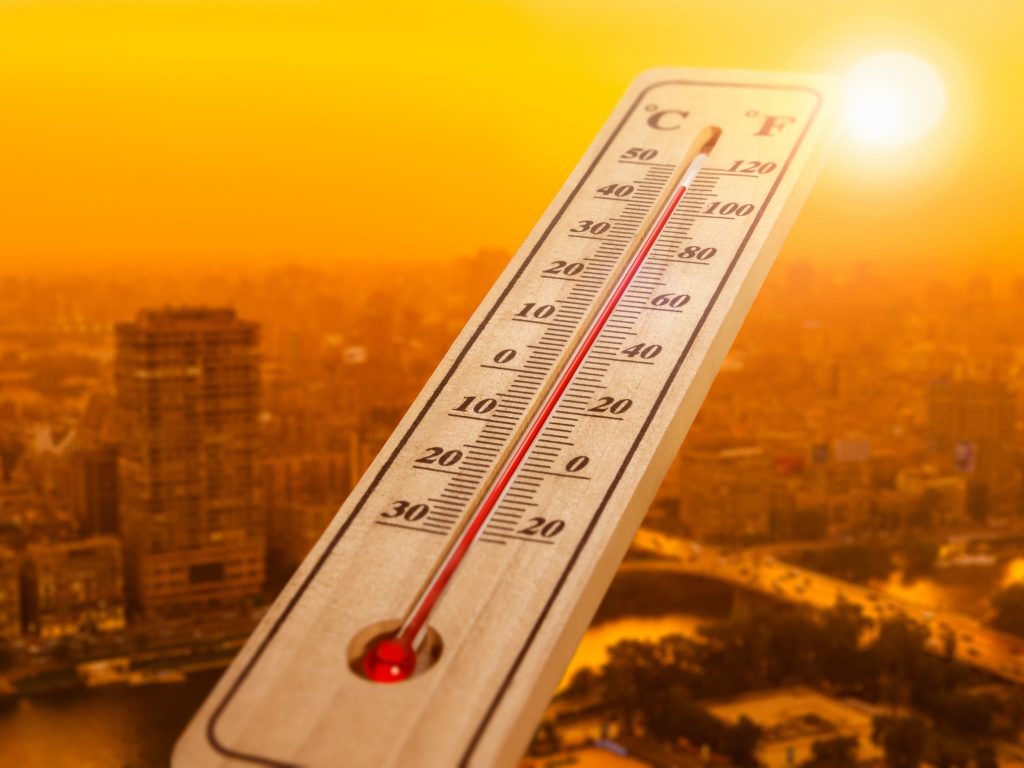- Extreme heat is the leading weather-related cause of death in the US.
- Leaders in some areas are appointing heat czars to help fight dangerous warming.
- Efforts include planting trees and naming heat waves to highlight the risks these events pose.
This article is part of Insider's weekly newsletter on sustainability, written by Tim Paradis, future-of-business editor.
It's sometimes called the silent killer.
We know about the perils of storms, fires, and floods. We take cover, run to safety, or move to higher ground. But what to do about extreme heat?
Heat is the leading weather-related killer in the US, even though most of these deaths are preventable. That's because, like a driver speeding down a highway, many of us fail to appreciate the risks we're facing.
And as the planet warms, it's as if more of us are punching the gas pedal.
Extreme heat demands — and is now getting — greater attention because human activity is dialing Earth's thermostat ever higher. Areas that routinely sizzle, like Phoenix, are appointing heat czars to orchestrate urban-cooldown efforts.
Cities and states are experimenting with plans to use severity scales to quantify heat waves and to name life-threatening heat outbreaks, as Seville, Spain, now does. It's all an effort to generate the kind of attention we might normally reserve for tornadoes and hurricanes.
It's attention that's deserved: The dangers from extreme heat can bubble over in minutes or across several days. Those at higher risk include people who work outdoors, those who exercise under extreme conditions, older people, and those who are poor.
The most serious harms from heat waves are often linked to higher overnight temperatures. That's because when it's harder for people to find respite from daytime extremes, their bodies have to work overtime to shed heat.
This is part of why heat has, in some years, killed more people in the US than hurricanes, floods, tornadoes, and lightning combined. Heat-related illnesses include heat cramps, heat exhaustion, and heat stroke. Hot weather can also inhibit breathing and put those with heart conditions at risk.
When Jane Gilbert became the first chief heat officer for Miami-Dade County last year, she commissioned studies to understand who in the region was most vulnerable. The efforts found that areas with the highest land-surface temperatures saw greater instances of emergency-department visits for heat-related illnesses.
Sections of the county with a dearth of trees tended to be hotter — and poorer. Gilbert said areas with higher incomes, by contrast, often had more prolific tree cover.
"They almost look like the same map," she said, referring to the overlap between wealth and arboreal plenty.
To narrow the tree gap, Miami-Dade County is working to boost its tree canopy from about 20% to 30% by 2032. Part of the effort will target areas with less greenery.
The county gives away two trees a year to homeowners who want to help in the green-up plan. The program includes instructions for planting and care. Still, not all of the young trees will thrive. Progress in boosting Miami-Dade County's tree coverage has proven difficult because some trees, new and old, are damaged in storms or are lost when land is cleared for development. Yet drawing in everyday citizens to the effort is essential, Gilbert said, because the county can't otherwise reach its goal.
"We only own a very small portion of the land. And if we're going to get to 30% tree canopy, we need private-sector involvement in that. We're never going to get there without all partners."
Miami-Dade County gives away about 2,000 trees at each of its adopt-a-tree events and, since 2001, has handed out more than 215,000 of them.
Taking steps to cool so-called urban heat islands is wise because we'll likely face more hot days.
Noboru Nakamura, a professor in the department of geophysical sciences at the University of Chicago, identified unusual behavior in the jet stream that facilitated last summer's historic heat wave in the Pacific Northwest in which more than 1,000 people died in the US and Canada. The phenomenon is called atmospheric blocking, and it involves the jet stream stalling over a region.
"When this happens, weather stops changing regularly," Nakamura said. "This is typically how extreme heat and flooding conditions occur."
While extreme-heat events are likely to increase, what's less understood is the role Earth's atmospheric machinery might play, he said.
"You may have some unexpected behavior of the weather systems and internal workings of the atmospheric circulation," Nakamura said, "which is chaotic."
Insider is seeking nominations for its first Climate Action 30 list, which identifies the top 30 global leaders working toward climate solutions.
Tell us about someone who you believe is doing some of the most impactful or promising work to tackle the global climate crisis:
